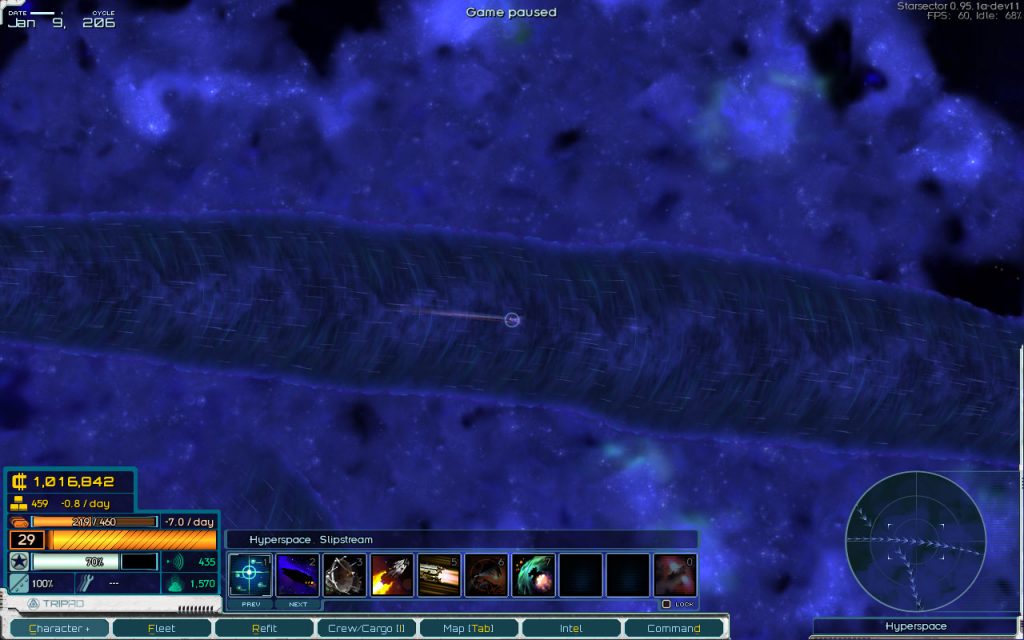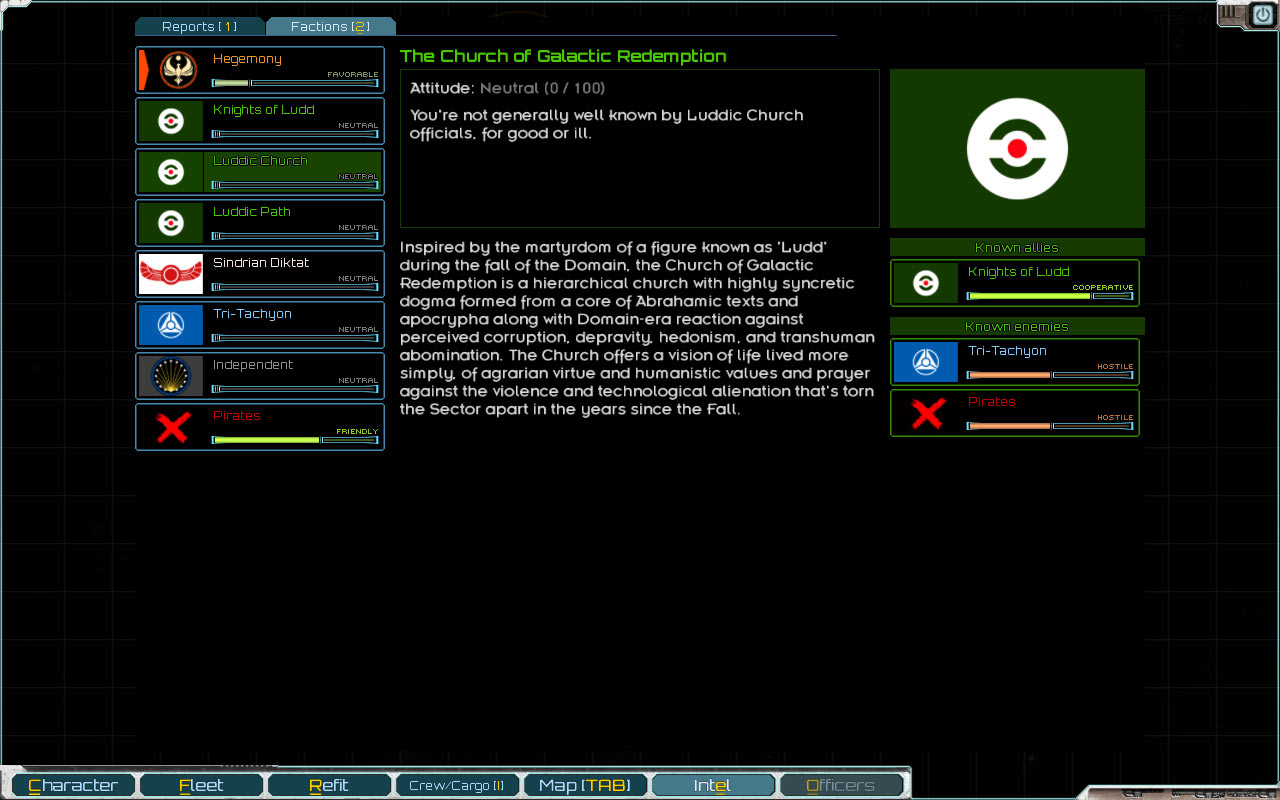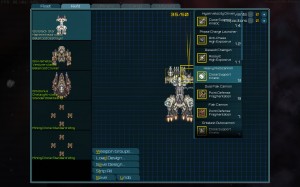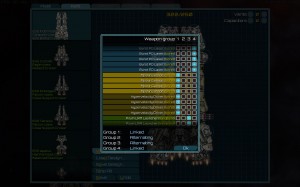Picture this – you’ve built up just about the toughest merc outfit this side of the sector. Your officers are all hardened veterans. Your ships are outfitted with the best weapons and hull mods. Your skill is legendary, your reputation for prevailing against incredible odds unrivaled. Then, you encounter a small enemy convoy – they pose no threat, but the resources they carry would be a welcome addition to your cargo holds. With hardly a second thought, you order an attack – but really, does such a minor fleet action demand your personal attention? “I’ll let my second-in-command handle it,” you decide as you press the button to auto-resolve the “battle” not worthy of the name – it’s target practice, really. But a nasty surprise awaits – you’ve lost a top-line ship, and two elite officers are dead!
… and that’s the scenario we all want to avoid. Auto-resolve has great potential to frustrate the player, because it can obliterate their progress (in the form of resources, ships, and officers) – but worse, it can do this unfairly. The unfairness comes from breaking the player’s expectations of how the game world works. In our example, the player knows their fleet can mop up that convoy – but auto-resolve plays by a different set of rules, one the player hasn’t been exposed to before, one that isn’t clear. Even worse, the rules are hard to learn because they’re hidden. In the situation above, the player might assume that luck plays a big role – but it may well be that the officer skills weren’t valued as much as they should be, or the weapons you’ve equipped the ships with, or any combination of those and other factors. The player might give up on auto-resolve entirely – there’s no clear way to get better at it, and it’s not apparent whether improvement is even possible – and the player is punished for experimenting.
It’s still necessary though, because the alternative is having to fight every piddling battle yourself. Besides, battles that don’t involve the player need to get worked out somehow. So how can we address these underlying problems? Because I like lists, let’s make a list of things that aren’t fair to do to the player:
- ignoring any improvements they’ve made to their fleet – be it weapons, hull mods, officers, character skills, anything at all that has a bearing on combat
- ignoring the overall rules of combat the player knows – carriers increasing the effectiveness of fighters, bombers being effective vs large ships, point-defense weapons countering fighters, etc
- destroying any ships which would absolutely never, ever get a dent put in them if the actual battle was played out. A wing of Talon-class interceptors should have no chance to take out a wing of Wasps, for example.
To sum it up, the auto-resolve system has to roughly simulate the way combat plays out, take all relevant ship & fleet stats into account, and be very careful that “adding a degree of randomness” doesn’t become “anything can happen”.
One thing we can’t take into account is the actual player’s skill at piloting (not their character’s skill, which can be). That’s ok – a battle where the outcome hinges on the player’s personal skill shouldn’t get auto-resolved to victory, anyway. More importantly, I think the player wouldn’t expect auto-resolve to do as well as they do with themselves at the helm.
In the remainder of this post, I’ll talk about the approach I decided on and give some examples of it in action. Read the rest of this entry »




























